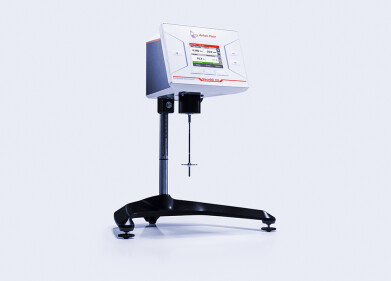Analytical instrumentation
How is Oil Transported?
Jun 25 2020
Extracting oil is one task but transporting it from A to B is an entirely different industry with its own unique challenges and complications. Known as the midstream process, moving oil calls for various transportation methods and storage solutions. If oil is produced in a remote location far from where it will be processed, sold and consumed, sophisticated transportation networks are key.
Generally, oil is transported using four methods - pipeline, rail, ship and truck. Here’s a closer look at how each method works.
Pipeline
Pipelines are one of the fastest, easiest and most cost-efficient methods of transporting oil. North America alone maintains around 380,000 kilometres of crude oil pipelines, the longest network in the world. Generally, pipelines are used to transport oil from wellheads to storage tanks, processing facilities or loading docks. Once built, pipelines have a low carbon footprint and require far less energy to operate than trucks, trains or ships. Of course, pipelines are burdened with their fair share of controversy, with projects such as Keystone XL garnering fierce criticism from environmentalists.
Rail
Transporting oil by rail is another common and cost-effective solution. Low construction and capital costs make rail transport ideal for moving oil across large countries such as the USA and Canada. Large trains often pull up to 100 cars, each with the capacity to carry 700 barrels of oil. Accidents and spills are one of the major drawbacks, as are the high carbon emissions.
Ship
When oil needs to travel across oceans, shipping steps up. On average, 30,000-barrel tank barges can transport the same amount of oil as 45 rail tank cars at a fraction of the cost. Shipping is also cheaper than pipelines, often by up to 35%. Speed is one of the major downsides, with shipping emissions also a problem. Spills are also a big concern, with contamination from oil tankers causing serious damage to coastal ecosystems, wildlife habitats and local communities.
Truck
While trucks don’t offer enormous storage capacity, they are hugely flexible in terms of destinations. They’re often used during the final transportation stages, when oil is moved to relatively close storage tanks or transport ports.
Ultimately, cost, speed and distance are the major factors considered when deciding which transport method to use. As the climate change escalates, environmental responsibility is also a growing concern. To find out more about how the industry is working to reduce emissions don’t miss ‘Methane monitoring is a ’must’.'
Digital Edition
PIN 25.6 Buyers' Guide
January 2025
Buyers' Guide Directory - Product Listings by Category - Suppliers Listings (A-Z) Articles Analytical Instrumentation - ASTM D7042: The Quantum Leap in Viscosity Testing Technology -...
View all digital editions
Events
Jan 20 2025 San Diego, CA, USA
Jan 22 2025 Tokyo, Japan
Jan 25 2025 San Diego, CA, USA
SPE Hydraulic Fracturing Technology Conference and Exhibition
Feb 04 2025 The Woodlands, TX, USA
Feb 05 2025 Guangzhou, China



















